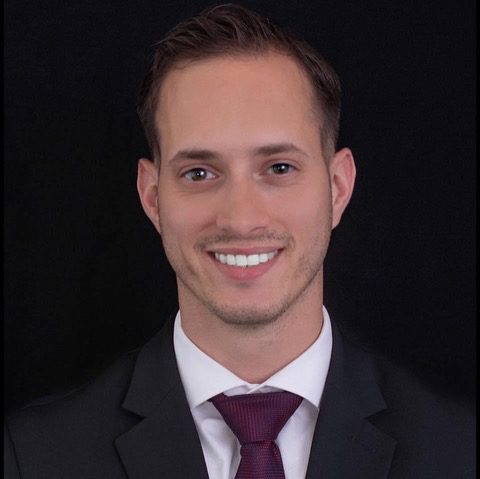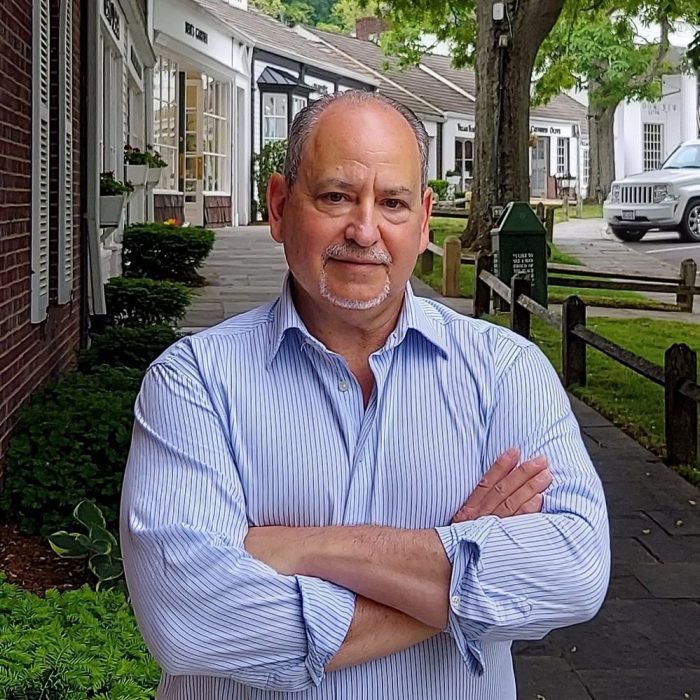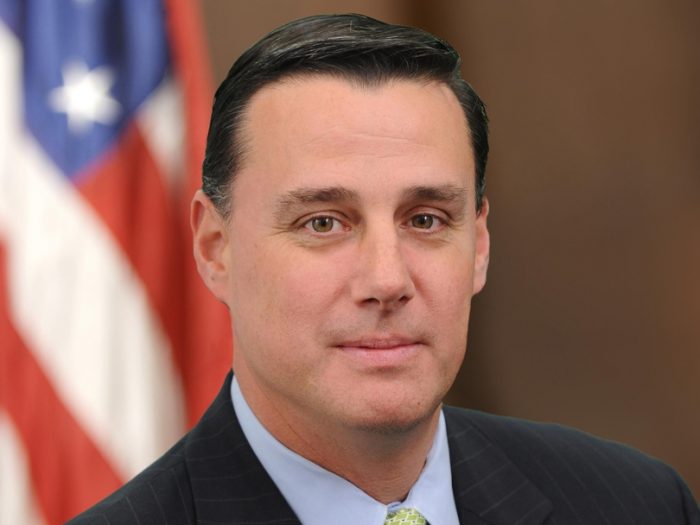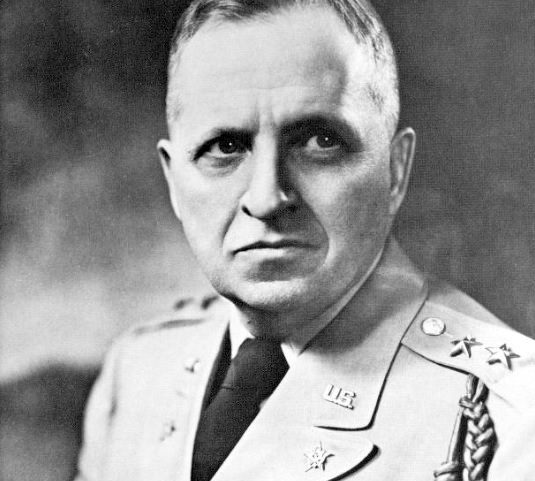By Aidan Johnson
“Does AI belong in the classroom?,” the prompt read for ChatGPT, a chatbot that was developed by the company OpenAI.
“The question of whether AI belongs in the classroom is a complex one that depends on various factors, including the goals of education, the needs of students and the capabilities of AI technology,” it responded.
Artificial intelligence continues to make headlines, whether it’s due to concerns of replacing actors and writers, new advancements in the ability to make artificially generated videos or worries of misinformation spread by it. However, “the question of whether AI belongs in the classroom” is one that has been on the minds of educators and students.
Some teachers have embraced the use of AI. In an interview with PBS, a high school English teacher in New York City described how he uses AI to cut down on the amount of time it takes to provide feedback on written assignments from students, allowing them to learn from their mistakes much quicker than if he were to solely grade their longer assignments.
Thomas Grochowski, an English professor at St. Joseph’s University, New York, has incorporated AI into his classes, but to a rather minimal degree.
“I usually announce it into the space, where there are very small extra credit assignments where students are encouraged to give the same prompt they were given for a small one-point assignment into ChatGPT, and to write a small piece reflecting on what the robot wrote as opposed to what the student has written,” he explained.
Grochowski added that he makes the assignments optional so students do not have to give information to the site if they do not want to, since some students “are anxious about becoming too familiar with AI.”
“But, it also makes them aware that I’m paying attention,” he elaborated.
While the use of AI is prohibited outside of the optional assignments, that has not stopped students from trying. However, plagiarism-detecting software such as Turnitin has the ability to detect the use of AI, albeit with imperfect results, as it can also flag the use of more acceptable programs such as Grammarly, an AI-typing assistant that can review aspects in text such as spelling, grammar and clarity.
“I think if it’s going to have a place in the classroom, it’s going to be a result of figuring out where that tool will have utility for us,” said William Phillips, associate chair of the Journalism and New Media Studies Department at St. Joseph’s University.
Phillips described how he has seen students use AI in legitimate ways, such as creating test questions to help them study, or how teachers could use it to help construct lesson plans.
“One thing that has struck me as I’ve learned about AI is the concept of alignment, [which is] making sure that there is some human overseeing the automated process that the AI is involved in to make sure that it’s not going off the rails,” he said.
Phillips cited the hypothetical scenario of the paper clip problem, a theory hypothesized by philosopher Nick Bostrom, in which if an AI is told to make as many paper clips as possible, it would start taking metal from everything, including cars, houses and infrastructure, in order to maximize the number of paper clips.
While the idea of paper clips leading to a dystopian future may seem very unlikely, Phillips stressed the broader idea of needing human oversight “so that the values and objectives of the human societies are aligned with what this new serving technology is capable of.”
Renee Emin, a school psychologist, stressed the importance of finding a balance between AI and humans. While it can be good for children academically, she believes that it is important to pay attention to the impact it has on them socially.
“I think of my autistic students who I work with, who are constantly working to socialize and be able to make a friend and connect to others, and they so easily want their laptops, their iPads, their Chromebooks, because it’s more comfortable. And there’s nothing wrong with that — give them their time to have it,” Emin said.
“But if you start relying solely on AI and technology … there’s a whole connection component that gets completely lost for the children,” she added.
Artificial intelligence is continuing to advance. One way or another, it appears it will be a mainstay in human society and has the potential to impact many different sectors of everyday life.
ChatGPT has the final word: “In summary, while AI can offer significant benefits in terms of personalized learning, teacher support, accessibility and digital literacy, its integration into the classroom should be done thoughtfully, with careful consideration of ethical implications and a focus on enhancing, rather than replacing, human interaction and pedagogy.”















